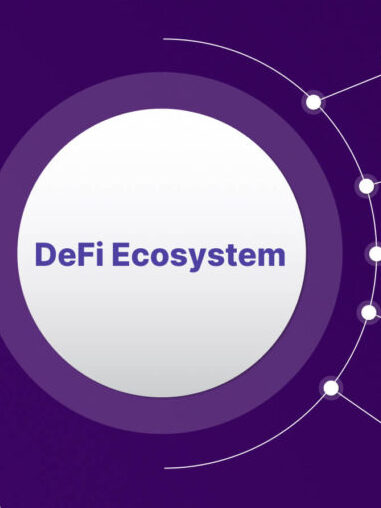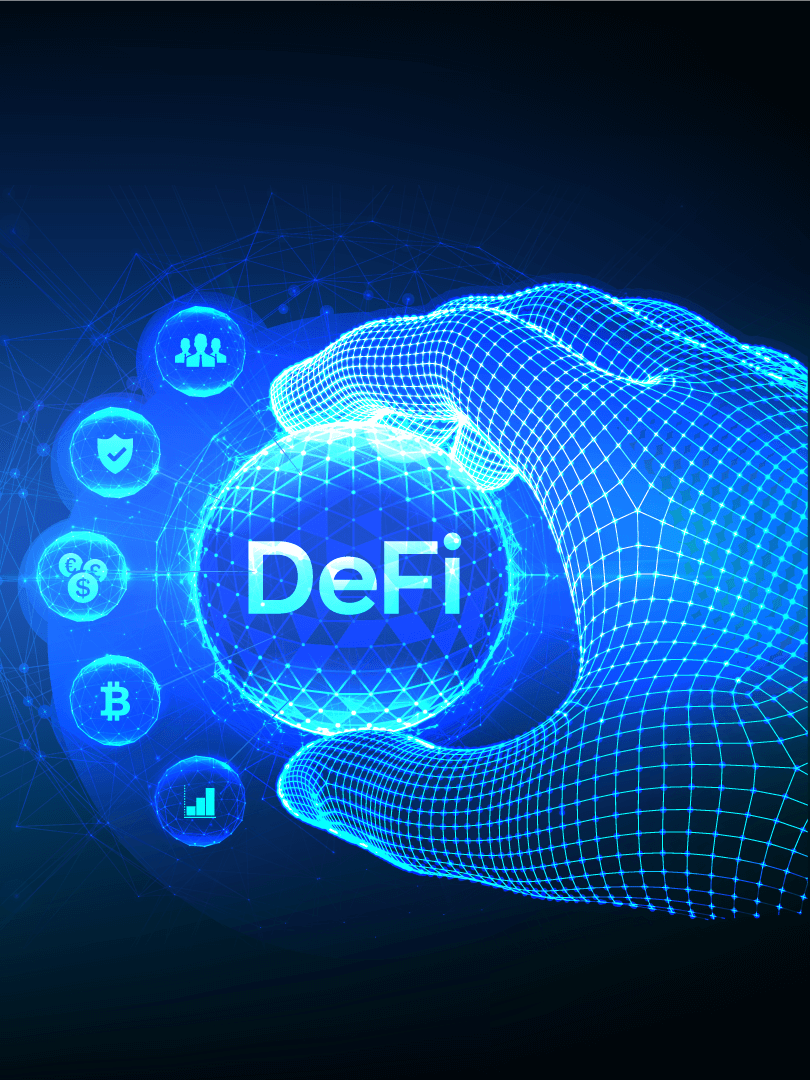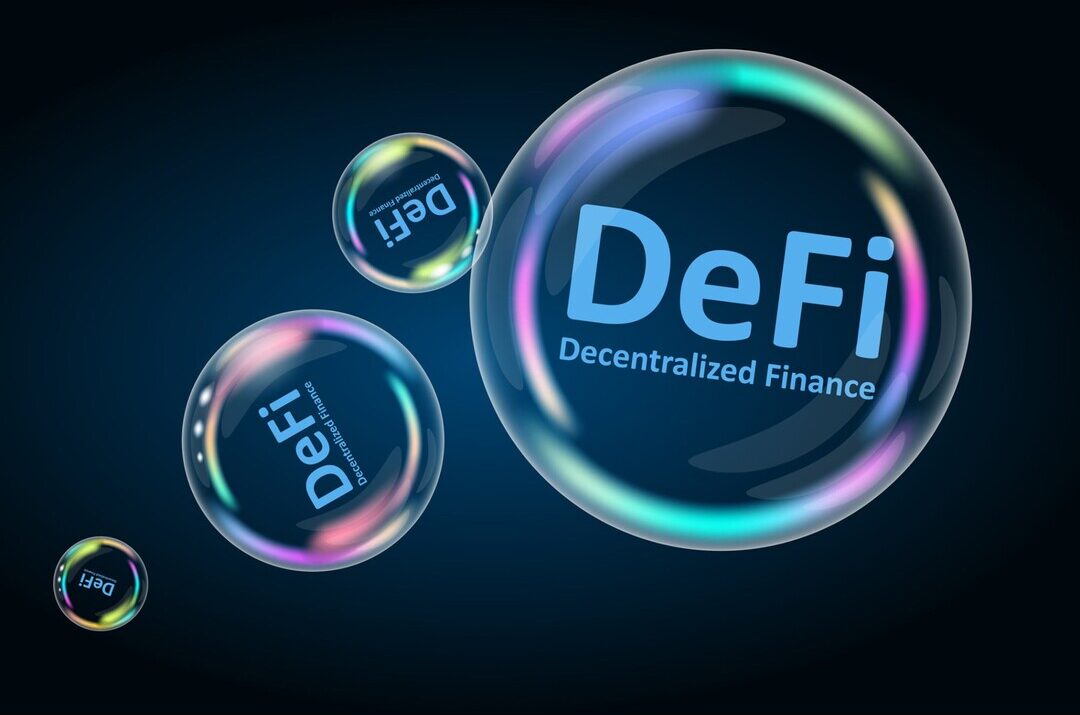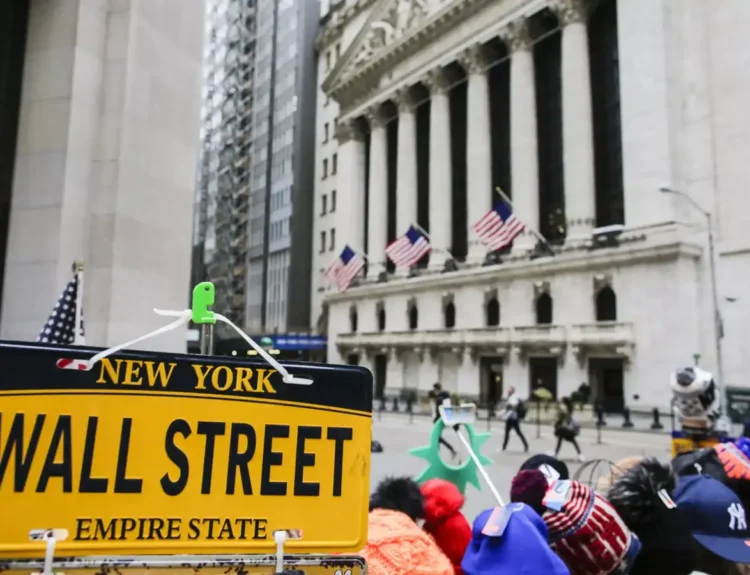DeFi Projects are revolutionizing the financial landscape, offering decentralized solutions for lending, borrowing, and trading. As we enter 2025, understanding the top DeFi projects and their platforms is crucial for both beginners and experienced investors.
What Are DeFi Projects? – DeFi projects are applications built on blockchain technology, primarily Ethereum and other ecosystems like Binance Smart Chain (BSC), Solana, and Polkadot. These projects leverage smart contracts—self-executing programs on the blockchain—to enable financial transactions without intermediaries like banks.

Key Components of DeFi Projects Ecosystem:
- Decentralized Exchanges (DEXs): Platforms like Uniswap and PancakeSwap enable peer-to-peer trading without a middleman.
- Lending and Borrowing: Projects like Aave and Compound allow users to lend their crypto assets and earn interest or borrow funds against their holdings.
- Stablecoins: Cryptocurrencies like DAI are pegged to the U.S. dollar, ensuring lower volatility in the DeFi ecosystem.
- Yield Farming: Users can stake or lock their assets in liquidity pools to earn rewards.
- Synthetic Assets: Platforms like Synthetix tokenize real-world assets, such as stocks or commodities, enabling blockchain-based trading.
More about: How to Invest in DeFi: A Step-by-Step Guide
Leading DeFi Projects in 2025
| Project | Category | Key Features |
|---|---|---|
| Uniswap (UNI) | Decentralized Exchange | Enables seamless token swaps using automated market makers (AMMs). |
| Aave (AAVE) | Lending and Borrowing | Offers flash loans and yield farming opportunities. |
| Compound (COMP) | Lending and Borrowing | Allows users to earn interest on crypto deposits or borrow against them. |
| PancakeSwap (CAKE) | Decentralized Exchange | Supports low-cost trading on the Binance Smart Chain (BSC). |
| Curve Finance (CRV) | Stablecoin Trading | Optimized for trading stablecoins with minimal slippage. |
| Yearn.Finance (YFI) | Yield Aggregator | Automates yield farming for maximizing returns. |
| MakerDAO (MKR) | Stablecoin Protocol | Issues DAI, a decentralized stablecoin pegged to the U.S. dollar. |
| Synthetix (SNX) | Synthetic Assets | Enables the creation of tokenized derivatives for real-world assets. |
Trading Platforms for DeFi Projects
1. Centralized Exchanges (CEXs): Some DeFi tokens are available on centralized platforms, offering user-friendly interfaces and higher liquidity.
| Platform | Supported DeFi Tokens |
|---|---|
| Binance | UNI, AAVE, COMP, CAKE, CRV |
| Coinbase | UNI, AAVE, COMP, MKR, YFI |
| Kraken | COMP, MKR, CRV |
2. Decentralized Exchanges (DEXs): DEXs provide direct, peer-to-peer trading without intermediaries.
| Platform | Best For |
|---|---|
| Uniswap | Ethereum-based tokens |
| PancakeSwap | BSC-based projects |
| Curve Finance | Stablecoin swaps |

Emerging DeFi Projects to Watch
**1. dYdX (DYDX)
Category: Decentralized Derivatives
Features: Offers perpetual contracts and advanced trading tools.
Trading Platforms: dYdX’s own decentralized app (DApp) and Coinbase.
2. Balancer (BAL)
Category: Liquidity Protocol
Features: Allows users to create customizable liquidity pools with multiple tokens.
Trading Platforms: Balancer and Binance.
3. GMX (GMX)
Category: Decentralized Perpetual Exchange
Features: Enables low-fee spot and perpetual trading.
Trading Platforms: Arbitrum and Avalanche ecosystems.
Pros and Cons of DeFi Projects
| Aspect | Details |
|---|---|
| Benefits | |
| Accessibility | Anyone with an internet connection can participate, removing barriers faced in traditional finance. |
| Transparency | Transactions are recorded on public blockchains, ensuring trust and accountability. |
| Yield Opportunities | Staking, yield farming, and lending offer lucrative returns compared to traditional savings. |
| Risks | |
| Smart Contract Risks | Bugs or vulnerabilities in code can lead to significant financial losses. Platforms like Aave and Compound continuously audit their contracts to minimize these risks. |
| Market Volatility | The value of DeFi tokens is highly sensitive to market trends. Stablecoins like DAI can offer lower volatility for cautious investors. |
| Regulatory Uncertainty | DeFi operates outside traditional financial regulations, making it susceptible to sudden government crackdowns or policy changes. |
Key Trends for DeFi in 2025
- Interoperability: Projects like Polkadot and Cosmos are enhancing cross-chain compatibility, making DeFi platforms more versatile.
- Institutional Adoption: Major financial institutions are entering the DeFi space, adding credibility and liquidity.
- Layer-2 Solutions: Platforms like Arbitrum and Optimism are reducing transaction costs and enhancing scalability for Ethereum-based DeFi projects.
Related articles:
- What is Crypto Analysis: Types and Strategies – Part 1
- What is Crypto Analysis: Techniques and Indicators – Part 2
- What are some benefits of using cryptocurrency as a method of payment?
- What is cryptocurrency mining? A Beginner’s Guide to Getting Started
- What is Cryptocurrency Solana (SOL) and How Does It Work?
- How to Buy Solana Meme Coins and Create Your Own on Solana
- How to Sell Bitcoin: A Step-by-Step Guide for Beginners
- How to Pay with Cryptocurrency: A Guide to Digital Payments
- What Are Meme Coins & How Do They Work?
- How to Buy Meme Coins: A Beginner’s Guide
- How to Trade in Crypto: Risks and Rewards
- Which are Best FREE Crypto Exchanges & Apps in 2024
- Cryptocurrency Trading: What it is and How to Trade?
- Cryptocurrency vs. Stock Market: Where to Invest for 2025
Sources:










